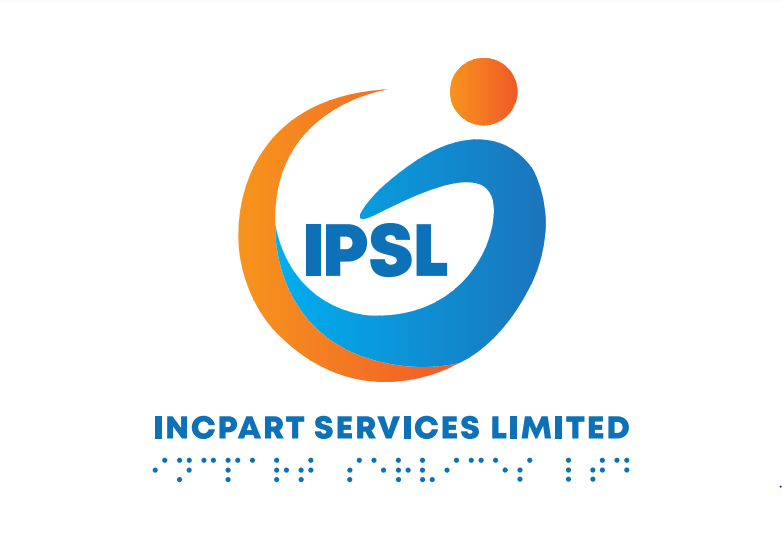Making information accessible for the visually impaired is crucial in creating an inclusive society. People with visual impairments face numerous challenges in accessing information that is readily available to the sighted population. However, through the advancements in technology, there are various tools and techniques that can be utilized to ensure that information is accessible to everyone, regardless of their visual abilities.
One of the most effective ways to make information accessible for the visually impaired is through the use of assistive technologies. Screen readers, for instance, read out the text on a computer screen, enabling visually impaired individuals to access written information. Similarly, braille displays convert digital text into braille, allowing individuals with visual impairments to read and comprehend documents. These technologies enable visually impaired individuals to access information on various platforms, such as websites, e-books, and documents, promoting their independence and inclusion.
In addition to technology, it is also essential for organizations and businesses to prioritize the creation of accessible content. This can be achieved by following accessibility guidelines, such as including alt text for images, providing audio descriptions, and ensuring that websites are compatible with screen readers. By implementing these practices, organizations can ensure that their information reaches a wider audience and accommodates the needs of visually impaired individuals. Moreover, promoting awareness about accessibility and sensitizing content creators to the needs of the visually impaired is vital in ensuring that all individuals have equal access to information.
In conclusion, making information accessible for the visually impaired is a crucial step towards building an inclusive society. With the help of technology and the implementation of accessibility guidelines, visually impaired individuals can access information in various formats, enabling them to participate fully in education, employment, and social interactions. It is the responsibility of individuals, organizations, and governments to collaborate and prioritize the creation of accessible content, making sure that visually impaired individuals have equal access to information and opportunities.




I genuinely enjoy reading on this site, it has wonderful content. “Never fight an inanimate object.” by P. J. O’Rourke.